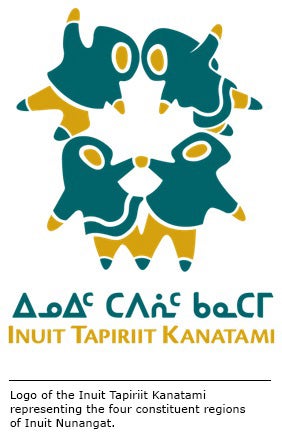This special issue of Chem 13 News aims to bring light to the chemistry behind the traditional knowledge of the Inuit People. Not included in the Indian Act, the Inuit People hold a separate legal status in Canada from First Nations and we acknowledge their importance in Canada’s history.
 Inuit Tapiriit Kanatami (Inuktitut meaning “Inuit are united in Canada”) is a non-profit organization that represents over 65,000 Inuit across the four constituent regions of Inuit Nunangat (homelands): Nunavut, Nunatsiavut1, Nunavik, Inuvialuit, and the rest of Canada.
Inuit Tapiriit Kanatami (Inuktitut meaning “Inuit are united in Canada”) is a non-profit organization that represents over 65,000 Inuit across the four constituent regions of Inuit Nunangat (homelands): Nunavut, Nunatsiavut1, Nunavik, Inuvialuit, and the rest of Canada.
Nunavut was established as a Territory in 1999 after a decision from the Nunavut Land Claims Agreement Act allowed the Inuit people the ability to self-govern.
Nunatsiavut land claim agreement of 2005 provided for the establishment of the Government of Nunatsiavut to represent the residents of the land claim area and any Labrador Inuit living elsewhere in Canada.
Nunavik is part of the administrative region of Nord-du-Québec. The James Bay and Northern Quebec Agreement of 1978 led to greater political autonomy for most of the Nunavik region with the founding of the Kativik Regional Government.
Inuvialuit Settlement Region, located in Canada’s western Arctic, was designated in 1984 in the Inuvialuit Final Agreement by the Government of Canada for the Inuvialuit people.
NunatuKavut is a currently-unrecognized Inuit territory in Labrador which encompasses Southern Labrador.
Chem 13 News also acknowledges the traditional Mi’kmaq territory of the Qalipu First Nation on which the Grenfell Campus of Memorial University is situated. Newfoundland and Labrador are located in the traditional territory of the Beothuk, Mi’kmaq, Inuit, and Innu People.
Chem 13 News is headquartered at the University of Waterloo’s main campus. The University of Waterloo is located on the Haldimand Tract, land granted in a legally binding treaty to the Six Nations, and within the traditional territories of the Neutral, Anishinaabeg and Haudenosaunee Peoples.
As our issue is being distributed across Canada in recognition of the Second National Day for Truth and Reconciliation, we encourage each of our readers to learn about the local history of the land they live and work on. Reconciliation is a continuous process and requires all Canadian citizens to be invested in repairing the harms of colonization.
References
1 https://en.wikipedia.org/wiki/Inuit_Tapiriit_Kanatami - cite_note-1







